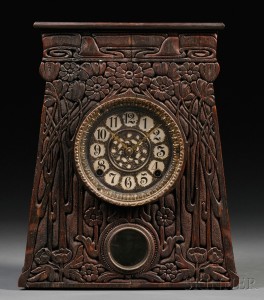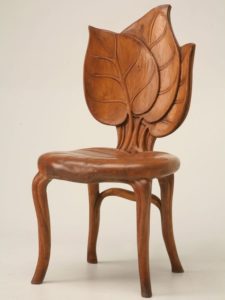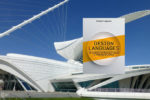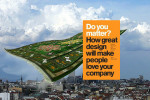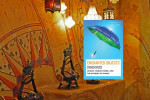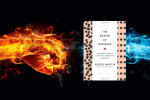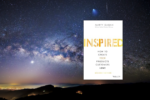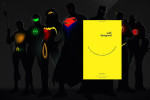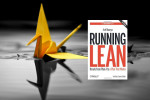Design Languages
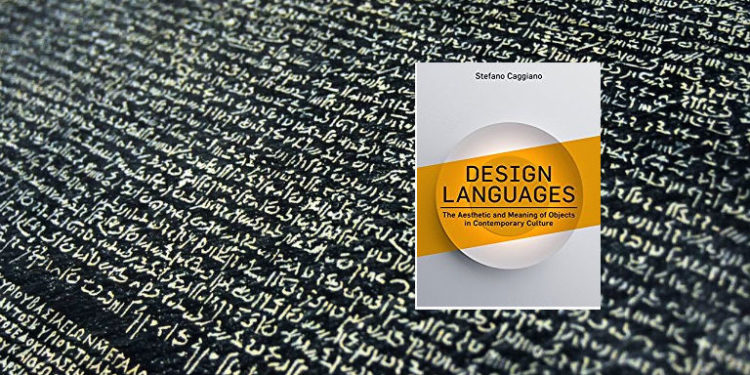
Design languages began with the industrial revolution as a response to the emergence of machine culture and mass production as it encountered traditional artisan aesthetics. These base languages evolved into a set of aesthetics that are expressed today among various design languages.
Design Languages by Stefano Caggiano
Design Languages traces the evolution of design aesthetics and their associated cultural meanings and foundations from 1900 through the present day (the book was published in 2015). Caggiano illustrates how design as discipline and associated “languages” began as a response to mechanization and machine production.
The first section of the book covers the origins of design languages as artists, craftsmen, and producers sought answers to the the “form and function” question. The middle of the book covers the 1950’s through 2000’s as the conformative (functional) and representative (form) aesthetics spawned several new design languages. The final section of the book discusses contemporary design languages in depth.
Caggiano discusses the cultural, political, and economic context of each design language and the meaning of each.
a design language can be compared to an iceberg: there is its above-water, visible forms–its aesthetic, and a submerged, imperceptible body–that deeper cultural content upon which the aesthetic is based and only thanks to which that aesthetic can even be perceived as meaningful
The book begins with the origins of aesthetic movements in the 1850s to 1950s and moves on to the articulation of the early languages into threads which exist in contemporary culture. The final section of the book discusses contemporary design culture from the perspective of the threads of environmental sustainability and our daily immersion in digital technology.
The origin of design languages
Caggiano begins by discussing the European world expositions of the nineteenth century. These were significant because “a split emerged between those who enthusiastically greeted the dawn of the mechanized world and those who stubbornly opposed what they perceived as an assault on traditional handmade beauty.” This is a similar point of departure as Deyan Studjic chooses in The Language of Things when he identifies William Morris as exemplary of a designer who was “stubbornly opposed” to the encroachment of industrialization into design.
It was the “dawn of the mechanized world” in the second half of the nineteenth century that initiated the discourse between craftsmanship and industry. Caggiano elaborates: “controversy stemmed from the fact that it was impossible to apply the traditional idea of beauty, developed in relation to craftsmanship, to products made by machines.” This is the theme of Art and the Machine by Sheldon Cheney and Martha Candler Cheney. He says that industrial objects lacked their “own formal language and thus had no other option but to take on the traditional handicraft aesthetic.”
Controversy stemmed from the fact that it was impossible to apply the traditional idea of beauty, developed in relation to craftsmanship, to products made by machines.
The encounter between purely artistic expression and pure functional creations was brought into light by mechanization and its ability to mass produce consumer objects. Previously, ornamentation was added to objects through the “applied arts” process where objects whose purpose was purely non-representational were augmented with an artistic aesthetic by artisans. This was the Arts & Crafts movement, which was opposed to industrialized production.
Two responses to the question of ornamentation emerged. Where Arts & Crafts rejected industry, Art Noveau built the first bridge. Art Noveau proposed that “the ornament must emerge from the object itself, and not be ‘added’ to it in order to ‘represent’ something else.” Ornamentation was “an ‘inner’ evolution of the object’s structure.”
Subsequently, modern rationalism created the non-representative conformative aesthetic. Caggiano defines conformative objects as a “pure structural configuration of the object that did not represent any external content.” The conformative aesthetic was the expression of the new machine age in which manufacturing played a central role. Rationalism gets its name from the geometric lines which govern its shapes.
Caggiano calls the representative and conformative aesthateics “pre-linguistic” because they occurred before formal “design languages” appeared with the advent of design as a profession and intentional industrial design styles.
Rationalism evolved into architectural rational conformative which embodied the straight line design, and product rational conformative which used neutral geometric shapes to cover internal functional parts. The rational conformative style branched out into what Caggiano calls tech, rationalist, geometric, and soft geometric languages.
The represenative style evolved into pop, decorative, and anthropological design languages.
The modern era
American design culture had conceived of design as primarily a marketing tool aimed at making products more attractive for consumers. …[In] Europe…design culture during the war conceptualized design as a discipline to build a new, modern, “rational” society.
Caggiano traces the evolution of design languages against the backdrop of economic and cultural events and trends. The 1950’s marked a change in the design languages available as post-war prosperity drove demand for consumer goods. In the 1960’s plastics became the ubiquitous design material and further elevated the designer in importance because without designers, plastic products could not be created and produced. Caggiano sees the 1970’s as an era of “crisis and austerity” during which the pendulum swung back in the direction of rationalist design. However, plastics were still in widespread use but now the shell was not mandatory. The 1980’s saw the birth of postmodernism which was associated with the end of unquestioned cultural meta-narratives.
Sharply opposed to its rationalist predecessor, post-modern design expressed a visual joy similar to that of the clown who under his flamboyant mask hides the lack of a face.
In the 1990’s contemporary design languages began to emerge. Technological leaps sparked by the Internet and mobile phones were juxtaposed with environmental sustainability values. Caggiano notes that technology was now a native and no longer a prognostication of bright futures many decades ahead. 2000 marked the transition to a “liquid society” where previous formal modes and stability were replaced by fluid social structures and changing forms.
The conformative aesthetic
The conformative aesthetic evolved from the 1950’s to the 2000’s into a formal technical design language and kept its geometric roots. Product design associated with these various languages retained a functional look and evolved to keep pace with available technologies. The organic language continue forward with softer edges and rounder overall design.
The representative aesthetic
The representative aesthetic experienced a downturn as technology rapidly developed and flourished from the 50’s onward did not re-surface until the 1990’s. Pop and decorative languages were given a boost by the pastiche of postmodernism. The anthropological language gained strength as environmental sustainability became more powerful.
Contemporary design languages
Caggiano believes that contemporary design is characterized by two convergences: the convergence between environmental and cultural sustainability and the convergence of the digital and the real. He discusses design at the convergence of digital and material realities in his lecture at the Cranbrook Academy of Art.
Design languages elsewhere
The architect Zaha Hadid‘s furniture designs embody many of Caggiano’s design languages:
http://www.wmagazine.com/gallery/zaha-hadid-architect-dies-furniture-design/all (Low Res, Digital Organic, Transitional Objects)
http://www.zaha-hadid.com/design/z-scape-furniture/ (Low Res, Digital Organic)
https://www.dezeen.com/2016/10/03/ultrastellar-zaha-hadid-architects-patrik-schumacher-wood-leather-furniture-design/ (Arts & Witchcrafts, Digital Organic)
More from Stefano Caggiano
Caggiano has a great pinterest board with examples of many of the design languages catalogs in the book
Stefano Caggiano interview with Nykyinen
